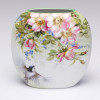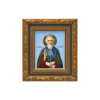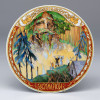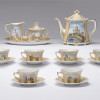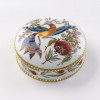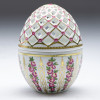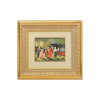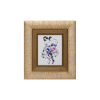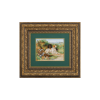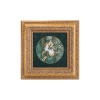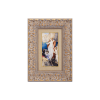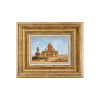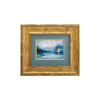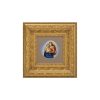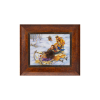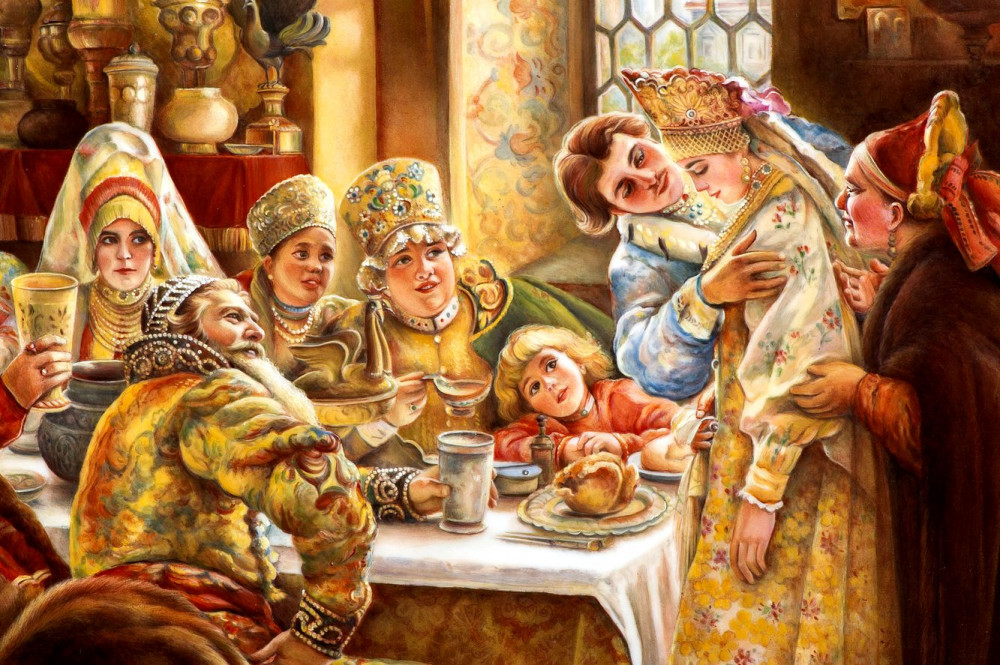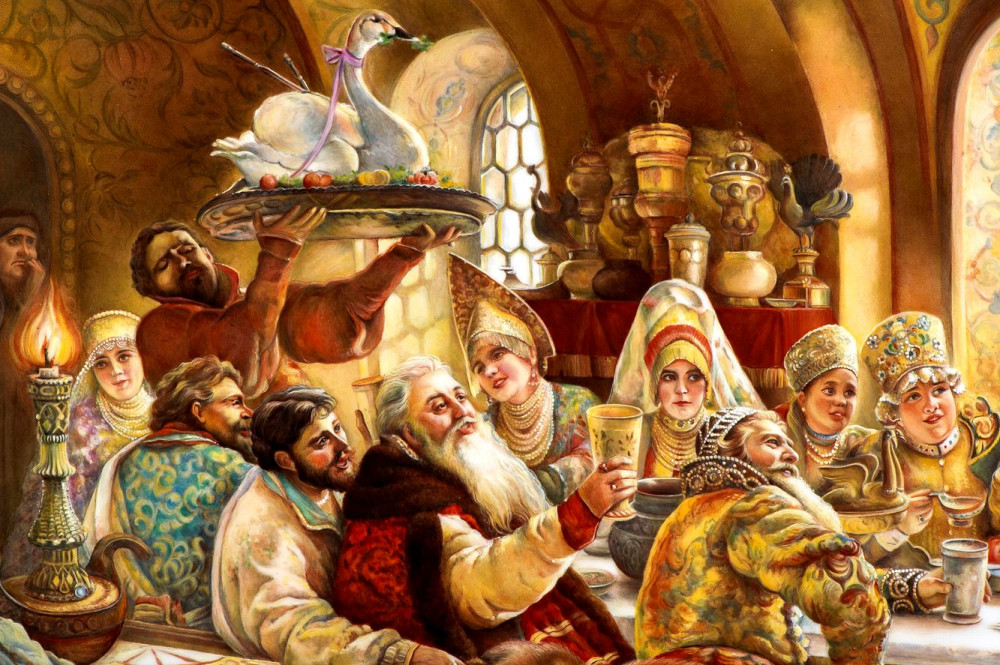You are here
A Boyar Wedding Feast
On the back of the panel is a trademark brand and a handwritten inscription in dark pigment: “Based on “A Boyar Wedding Feast” by K. Ye. Makovsky. Painted by Likhacheva, V. 2018”.
The painting was created at the Andreyevskaya Porcelain Manufactory (APM) by the painter Vera Likhacheva based on the world-famous painting “A Boyar Wedding Feast” (1883) by the Russian artist K. Makovsky (the painting is located at the Hillwood Museum, Washington). K. Makovsky used a monumental pictorial canvas in the historical genre to colorfully and faithfully depict part of the traditional Russian wedding ceremony and a magnificent boyar feast within the boyars’ chambers in old Moscow.
The APM artist, being a virtuoso at applying the technology of painting porcelain and a gifted painter, could reproduce the painting by K. Makovsky on a porcelain panel and retain the integrity, color and spirit of the famous work. Personal features and emotions of the character in the painting, portrait traits, eye expressions, the splendor of festive boyar vestments and the women’s national costume, the texture of embroidered brocade fabrics and silky fur (elaborately conveyed, down to the individual threads), and the glimmer of the pearls are vibrantly displayed, in rich colors with smooth transitions of shades. The thoroughness of the artist’s work is expressed in the holistic reproduction of the complex composition of the painting. There is the silhouette of a church with gilded domes visible through a narrow mica window in the background.
Historically, the tradition of reproducing on porcelain paintings by famous artists goes back to the 19th century, the heyday of the porcelain industries in Europe and Russia. By the time, artists had achieved high levels of skill and would recreate for the aristocracy paintings on porcelain panels inspired by famous works of art, at the Imperial Porcelain Factory of the Russian Empire, at the Royal Porcelain Manufactory in Berlin and at Sèvres Porcelain Manufactory in France. Expensive porcelain paintings were regarded as a luxury, they were painted to order and framed in gilded frames; they decorated palace interiors and were presented as gifts.
Experts acknowledge that the technology of painting on porcelain is particularly complex, since it involves changes in pigment color through heat during firing. The process of creating a work on porcelain may take several months, and high levels of detail in the painting and the unique color scheme can only be ensured by the master meticulously following the technological process.
Before commencing work, the artist complies a technological chart for mixing pigments; trial colors are completed and a palette of shades is prepared. The painting is executed by applying layer-upon-layer of colored glazes, with many layers of detailed brush strokes, each of which must be fixed in the firing process. In addition, there is a specific temperature treatment scale for each pigment. The technological process of creating the panel included 8 firings at 730 to 820°C.
The porcelain panel with a reproduction of the painting by K. Makovsky demonstrates the high levels of technological and artistic skills achieved at the Andreyevskaya Porcelain Manufactory, and the company’s commitment to reviving the lost historical traditions of porcelain art.
The panel was produced as a single copy; it is mounted in a modern gilded frame.
